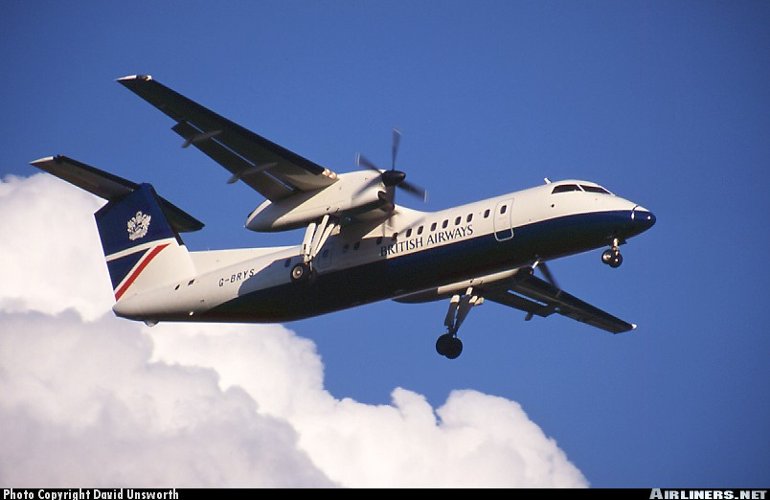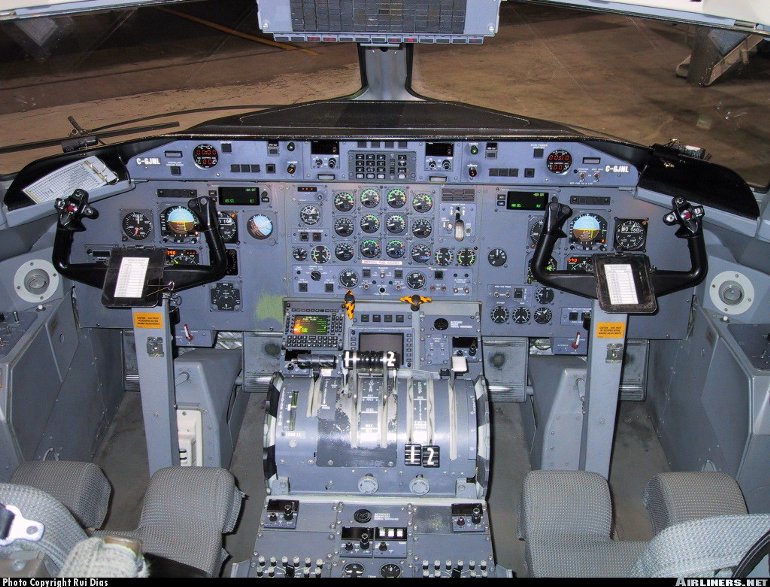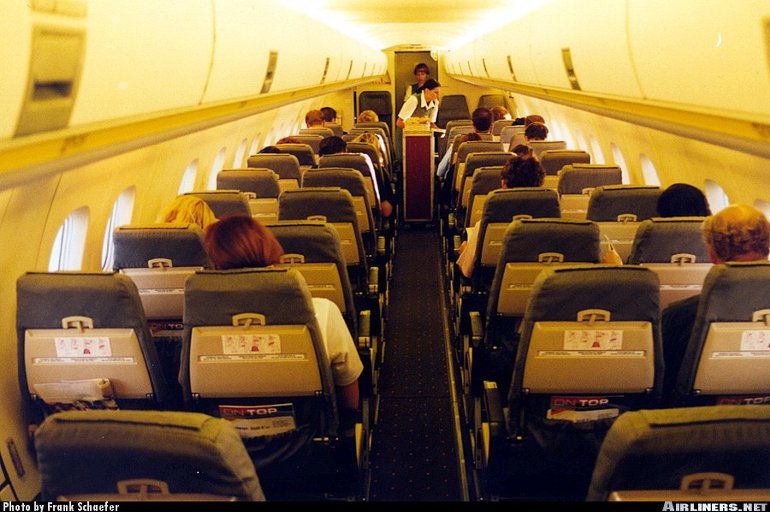Aircraft Technical Data
De Havilland Canada DHC-8-300 Dash 8



| Details | |
| Country of Origin | Canada |
| Type | Turboprop regional airliner |
| History | With the success of the Dash 8-100 series, a stretched version with greater capacity was a logical development. De Havilland Canada (now part of Bombardier) launched full scale development of a 50 seat stretched version of its Dash 8 regional airliner during 1986, approximately two years after the standard fuselage length aircraft had entered service. The first series 300 aircraft was in fact the prototype Dash 8 converted to the new length, and it flew for the first time in its new configuration on May 15 1987. Flight testing culminated in the awarding of Canadian certification in February 1989, with the first delivery to Time Air following late that same month. US certification was awarded in June 1989. The stretch comprises fuselage plugs forward and aft of the wing, increasing length by 3.43m (11ft 3in). In addition, the wings are greater in span. The fuselage stretch increases typical seating capacity to 50 (at 81cm/32in pitch), or for up to 56 (at 74cm/29in pitch). Other changes compared with the Dash 8-100 were minor, but included a larger, repositioned galley, larger toilet, additional wardrobe, dual air conditioning packs, a new galley service door and optional APU. The Dash 8-300 has been offered in a number of variants. The standard 300 was followed in 1990 by the 300A which introduced optional higher gross weights, interior improvements (as on the Dash 8-100A), and standard PW123A engines (with PW123Bs optional). The 300B was introduced in 1992 and has 1865kW (2500shp) PW123Bs as standard, as is the optional high gross weight of the 300A. The 300E has 1775kW (2380shp) PW123Es rated to 40 degrees, thus improving hot and high performance. Like the Dash 8Q-200, all Dash 8-300s built since the second quarter of 1996 have been fitted with a computer controlled noise and vibration suppression system (or NVS) and so from then all models were designated Dash 8Q-300s. In 1998 the aircraft was again renamed, this time to Dash 8-Q300 when a new interior was also introduced. |
| Powerplants | 300A - Two 1775kW (2380shp) Pratt & Whitney Canada PW123A turboprops driving four blade Hamilton Standard propellers. 300B - Two 1865kW (2500shp) PW123Bs. |
| Performance | 300 - Max cruising speed 532km/h (287kt). Initial rate of climb 1800ft/min. Service ceiling 25,000ft. Range with full passenger load and reserves 1538km (830nm), with 2720kg (6000lb) payload 1612km (870nm). 300B - Max cruising speed 528km/h (285kt). Range with 50 passengers 1625km (878nm), with 50 passengers and auxiliary fuel 2275km (1228nm). |
| Weights | 300 - Operating empty 11,657kg (25,700lb), standard max takeoff 18,642kg (41,100lb). 300B - Operating empty 11,719kg (25,836lb), max takeoff 19,505kg (43,000lb). |
| Dimensions | Wing span 27.43m (90ft 0in), length 25.68m (84ft 3in), height 7.49m (24ft 7in). Wing area 56.2m2 (605sq ft). |
| Capacity | Flightcrew of two. Standard single class seating for 50 passengers at four abreast and 81cm (32in) pitch. |
| Production | Total orders for Dash 8300s stood at over 136 by late 1998, of which 128 were in service. |
| Related Links | De Havilland Canada DHC-8-300 Dash 8 |
The backbone of this section is from the The International Directory of Civil Aircraft by Gerard Frawley and used with permission. To get your own copy of the book click here. |
|








